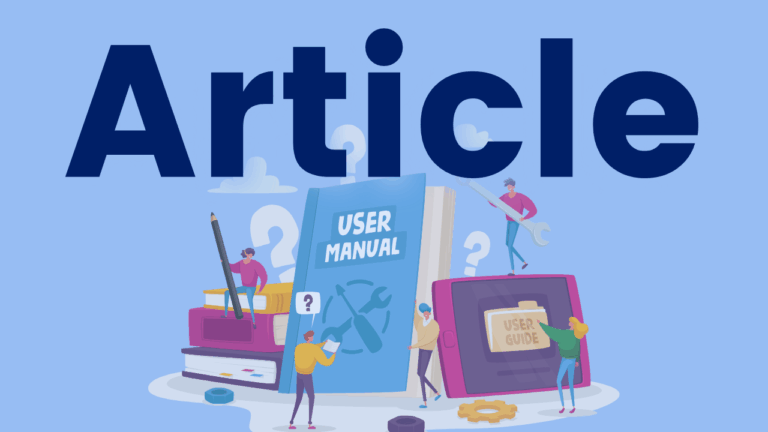Comprehension in Disguise: The Role of Knowledge in Children’s Learning
In this International Dyslexia Association Perspectives article, Susan B. Neuman explores the role of knowledge in comprehending texts. The article outlines how prior knowledge supports comprehension and outlines five research-based and practical principles to build knowledge networks: big ideas, word knowledge, using multiple genres, distributed review, and intentional opportunities for language engagement.




